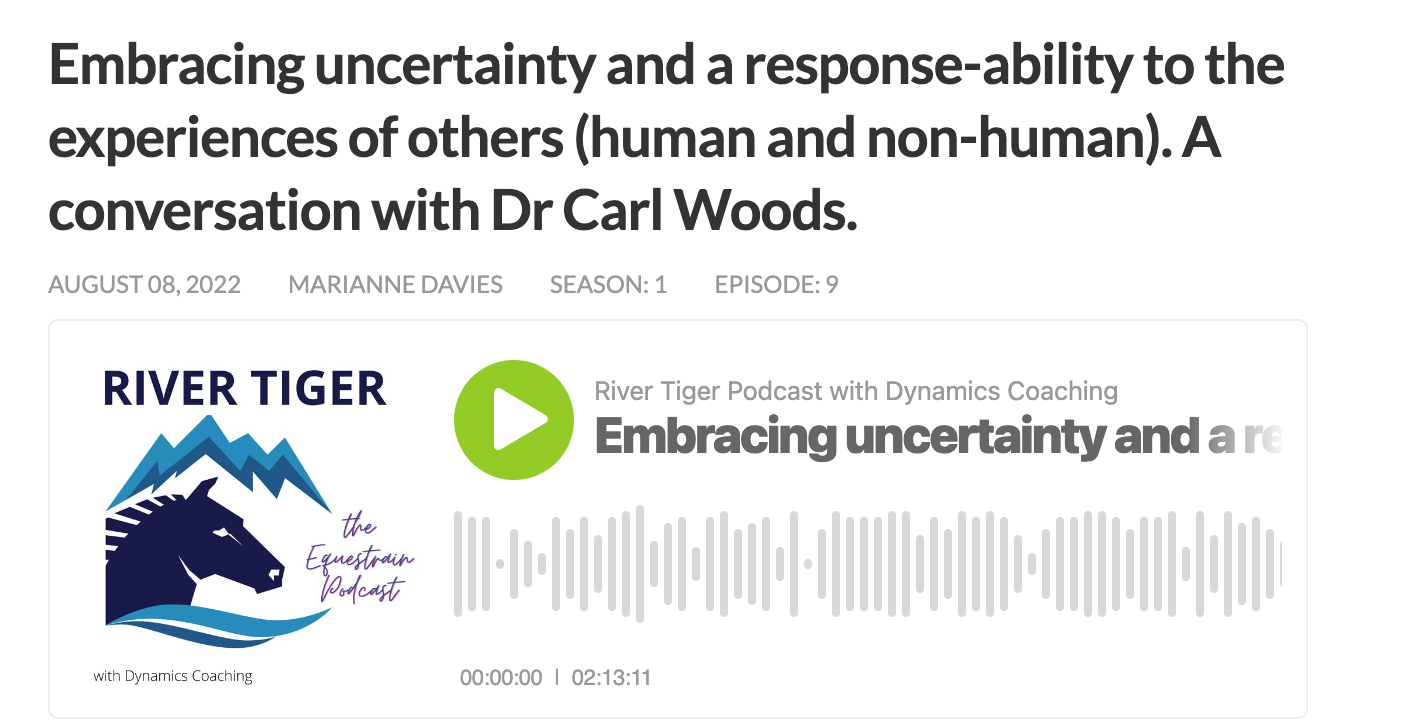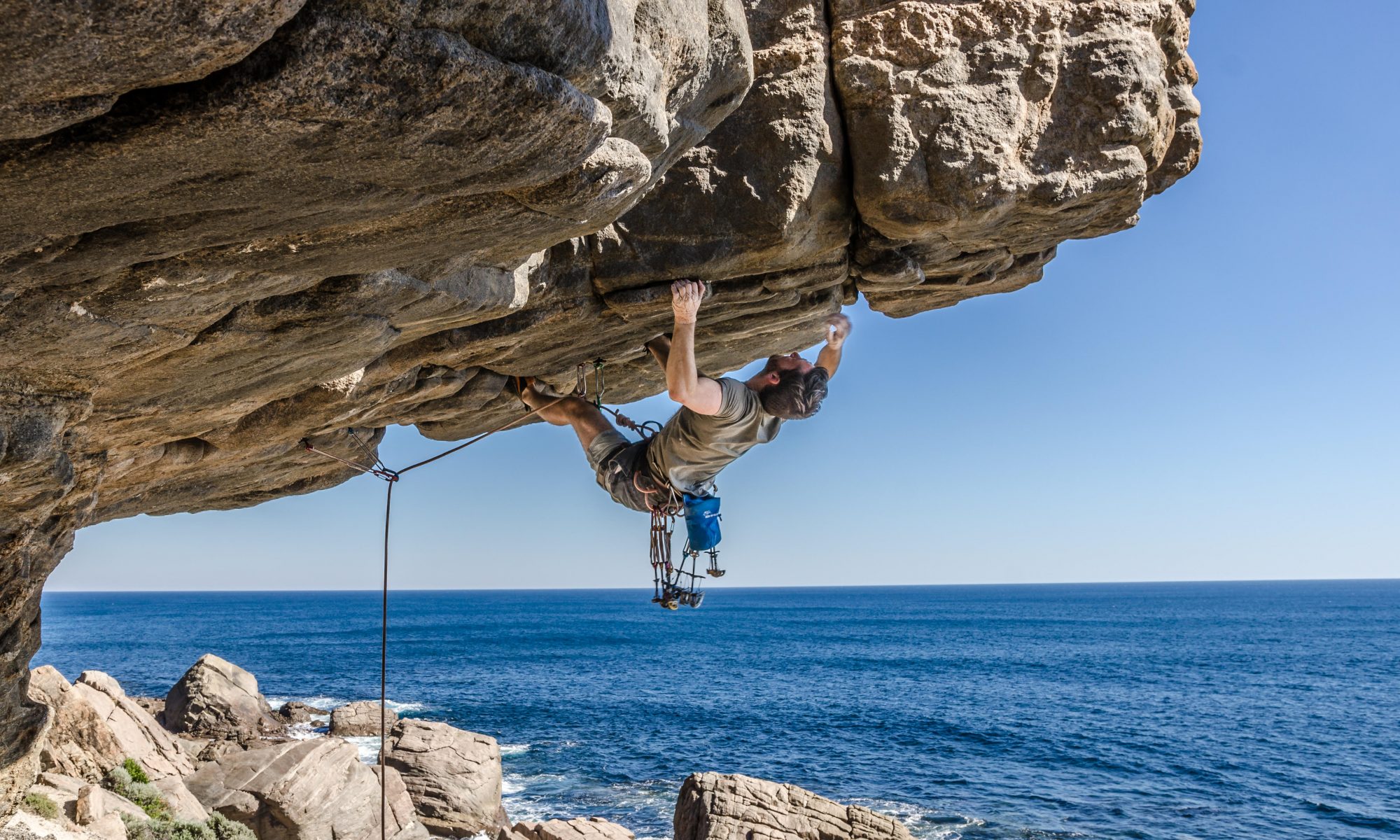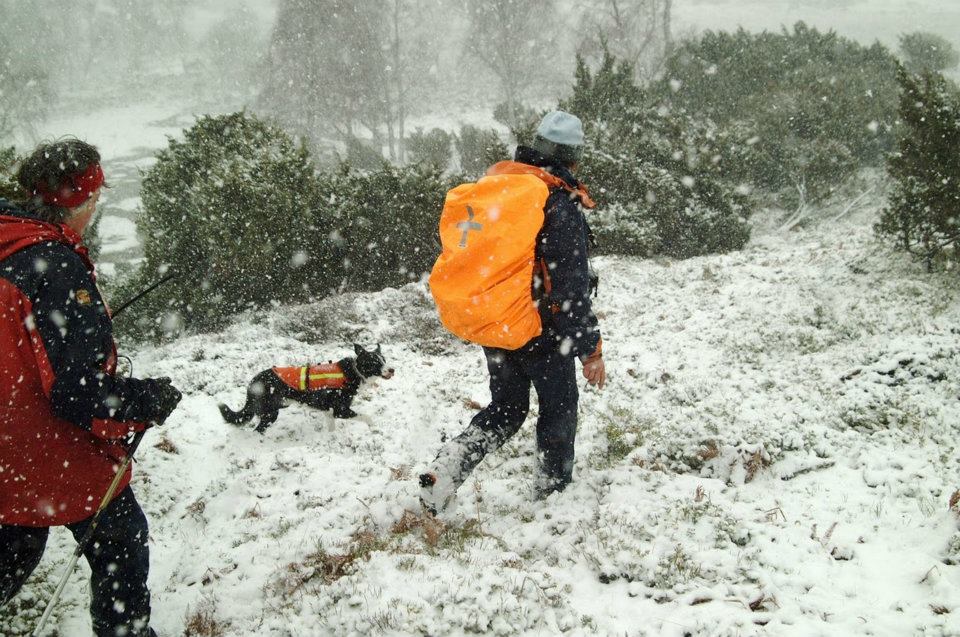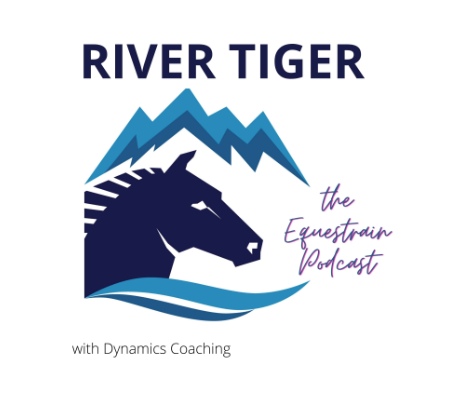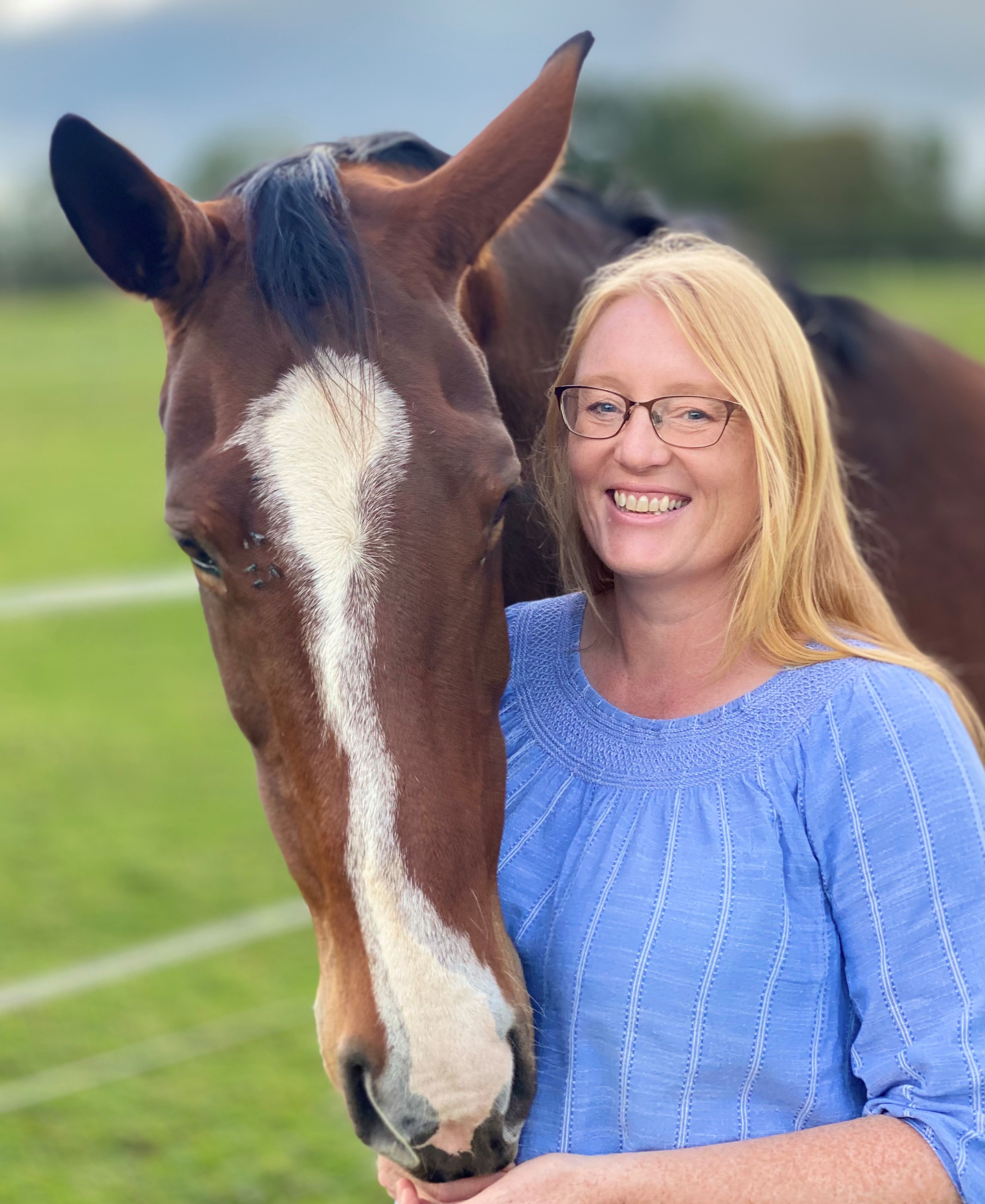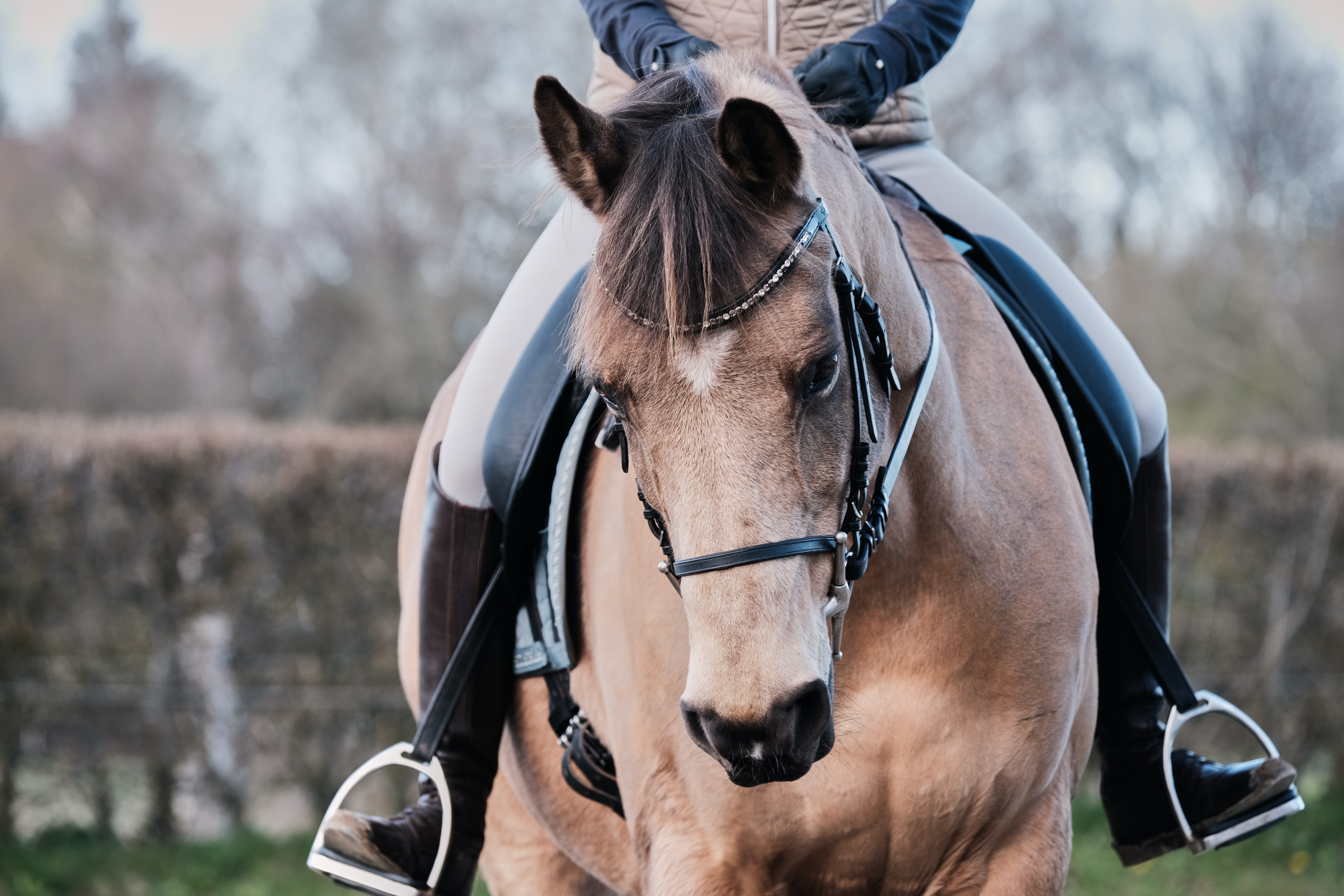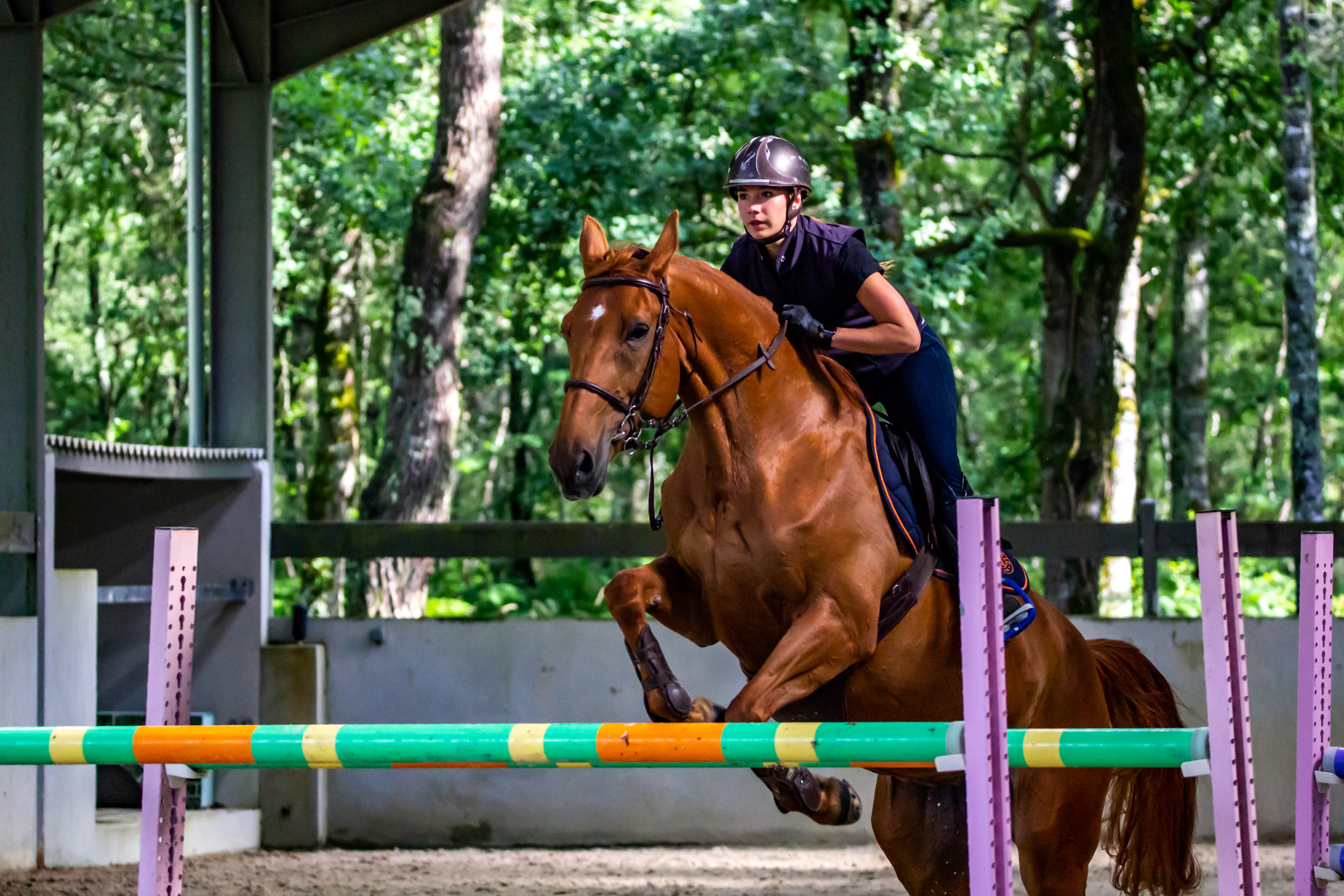Full reference. Davies M, Stone J, Davids K, Williams J, & O’Sullivan M. Can’t jump, won’t jump: Affordances of the horse-rider dyad underpin skill adaptation in Showjumping using a constraints-led approach. International Journal of Sports Science and Coaching. (2022).
Corresponding author Marianne.J.Davies@student.shu.ac.uk ORCID 0000-0001-5402-7602
Keywords. Agency, perception-action coupling, equestrian coaching, ecological dynamics.
Article in 3 sentences
1. The article presents an Ecological Dynamics rationale that could be applied to coaching equestrian sports and activities with a focus on the horse-human partnership.
2. An adaptation of the Constraints Model is presented where the ‘organism’ is the horse-rider partnership interacting with influential task and environmental constraints that shape emergent behaviour.
3. The article draws on other areas of research and presents practical examples of why it is important for both the horse and rider to have agency and be moving with ‘skilled intentionality’ in the activities that they engage in together.
Main takeaway
Effective practice design provides opportunities for the horse and rider to explore movement problems and be able to actively find solutions that are variable and functional for them at their current level of ability and learning.
Coaches are encouraged to move toward being learning environment designers, supporting horse-rider partnerships to become effective problem solvers; instead of coaches seeing themselves as solution providers.
Themes
• Perceiving information (including visual, auditory, and haptic [touch, pressure]) plays a vital role in the control of movement because all species have evolved to be tightly connected to their environments through information perception. The over focus on movement shape (e.g., prescribing ideal technique and conscious control) has led to coaching behaviours and practice activities that do not support the ability to pick up vital (specifying) information. Haptic information is the main form of communication between horses and humans.
• The interactions and relationships between an organism (including horses, humans, dyads) and their environment is considered the appropriate level of focus. This moves the focus from things to relationships. The key concept is that an organism’s relationship with the environment is experienced through what the environment offers in terms of opportunities for movement – these opportunities for movement are called affordances. For example, a warm, soft surface may afford a cat a place to sleep, a cross-pole affords a horse-rider dyad to jump in the middle of a jump).
• Considering the horse-rider dyad as a single complex system moves away from a human-centric perspective of compliance and control of the horse, toward partnership, agency, and intentionality.
• Ecological Dynamics is the theory that underpins a constraints-led approach (CLA). The theory provides guiding principles that help coaches to design practice activities. A CLA focusses on changing the relationship between the individual (organism/s), task and environmental constraints acting over multiple timescales and what this means for how behaviour emerges.
• Using examples from the equestrian discipline of showjumping, the article outlines how a CLA can inform coaching behaviour and practice design to support skill acquisition.

There are 4 practice design principles in CLA:
1. Intention – movement and practice activities need to be goal directed. It is important that activity is meaningful and has value and purpose for the learner. This means that the activity is done through self-determined motivation, including the horse in equestrian activities.
2. Representativeness – because the perception of information (visual, auditory, haptic, etc.) controls the self-organisation of emergent movement, it is vital to ensure that the information present during practice is representative of the information present in performance (or participation).
Practice how you play/ perform!
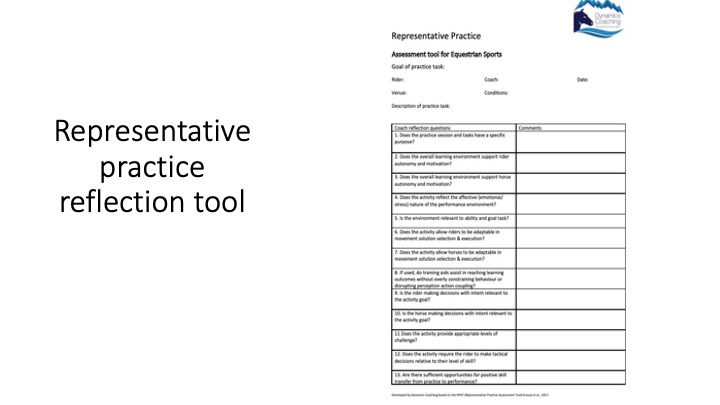
3. Constraints manipulation – by changing the task constraints (e.g., jump types, number, distances, heights, speed), environmental constraints (e.g., weather, surfaces, heat/ light, time of day, noise, crowds), and sometimes organismic constraints (e.g., fatigue, pressure) the horse and rider become more skilful and able to ‘read’ their environment and develop ‘feel.’ It is important to develop coordination (effective perception-action coupling) and capacity (building strength, flexibility, power, etc.). By adapting and changing constraints, coaches seek to design practice activities that dampen affordances for movement solutions that are less functional and amplify affordances that are more functional, without prescribing movement solutions.

4. Functional variability – this relates to the principle of repetition of outcome without repetition of solution. No movement is ever identical, so it is important that practice supports the development of adaptive, flexible, and robust movement repertoires. In showjumping, practice design might include varying starting positions, lines, rhythms, speed, and angles once a stable outcome becomes established, then varying task and environmental constraints such as weather, light, inclines, and surfaces without prescribing idealised movement biomechanics. A big challenge for coaches and riders is to move away from the idea of prescriptive ‘correct’ movements and to focus on wider bandwidths of movement and functional movement solutions which will be different for every horse and rider dyad.
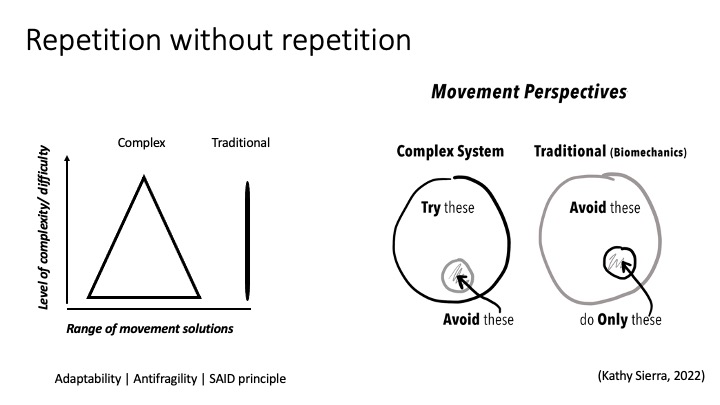
To design practice check out this Periodisation of Skills Training (PosT) adapted from Otte et al.
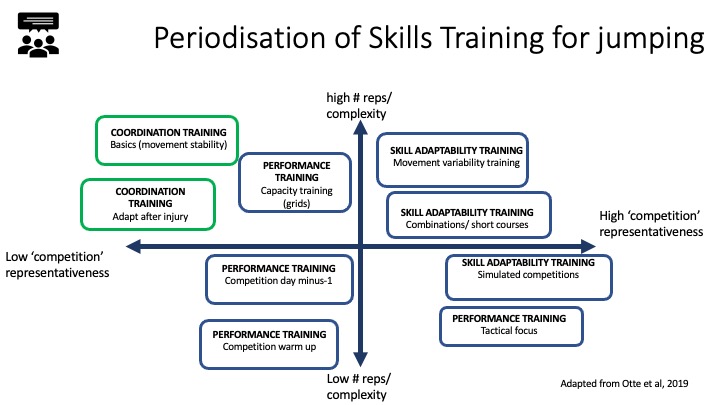
• Language is powerful in creating and maintaining cultural norms, practices, and behaviours. We have inherited problematic and deeply enculturated language that is used to describe horses as well as our interactions and relationships with them. Horses are regularly described as being ‘honest’, ‘naughty’, ‘lazy’, ‘bombproof’, needing to be ‘squared-up’, ‘kicked-on’, or ‘taught some respect’.
• An important change would be to move away from punishing horses for stopping or running out at jumps. By forcing the horse to choose between jumping or being punished, there is a failure to consider that the horse is an organism that has evolved with acute direct perception of relevant information for action from its environment, related to its own internal dynamics and action capabilities.
• Coach and rider expectations may require a re-evaluation of what may be misconceived horse ‘disobedience’, potentially due to a rider’s inaccurate or badly timed cues, based on poor perception and misuse of affordances. A major aim of practice in equestrianism is to facilitate skilled intentionality and perception-action coupling in the horse-rider system (will jump, can jump!).
Future research areas
Further research is needed to understand the implications and effectiveness of adopting a CLA in equestrian sports along with the challenges and opportunities that coaches are likely to face.
Other potential areas of research include attempting to identify the specifying information sources that are used as affordances for jumping by horses and the range of coordination strategies for calibration of movement toward affordance realisation, with and without riders. Research in these areas would support coaching and training practice and, potentially the design of safer jumping courses.
Finally, further research is needed to understand how the dyadic horse-rider system can reconcile the need for agency of both partners whilst still ensuring both human and equine safety. To achieve this aim, there is a need for the human partner in the dyadic system to become a better haptic communicator, enhancing their attunement to the horse’s needs and affordance perception.
